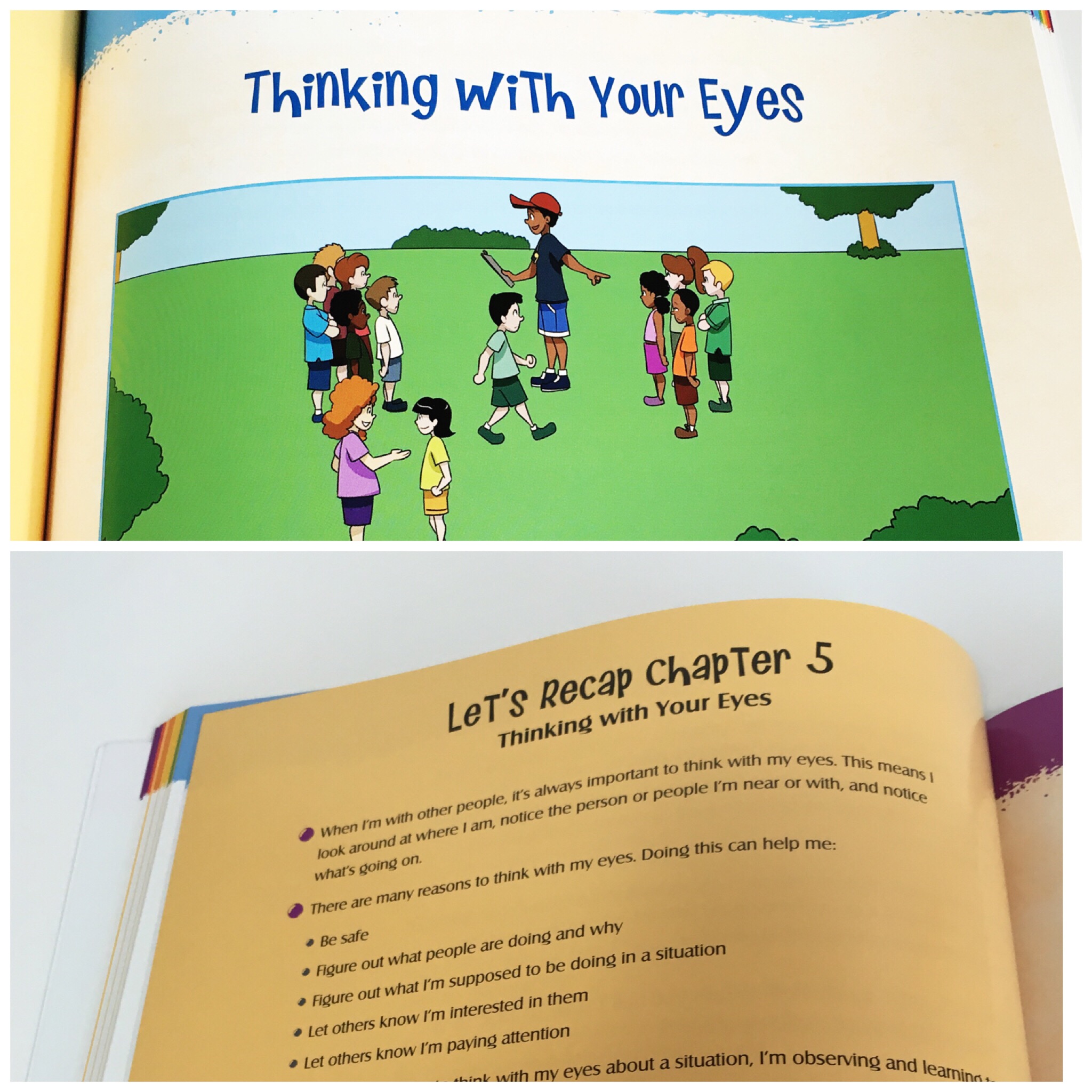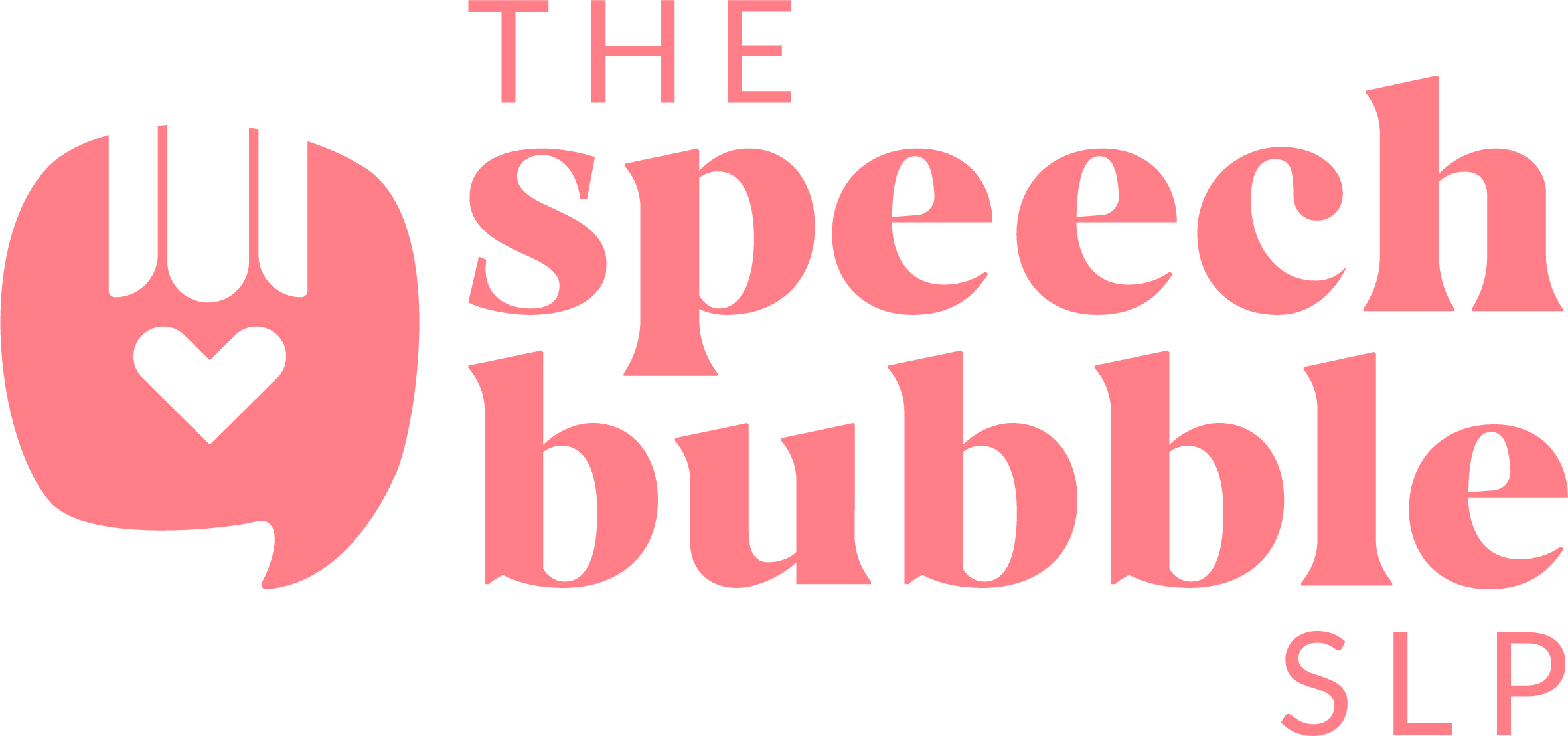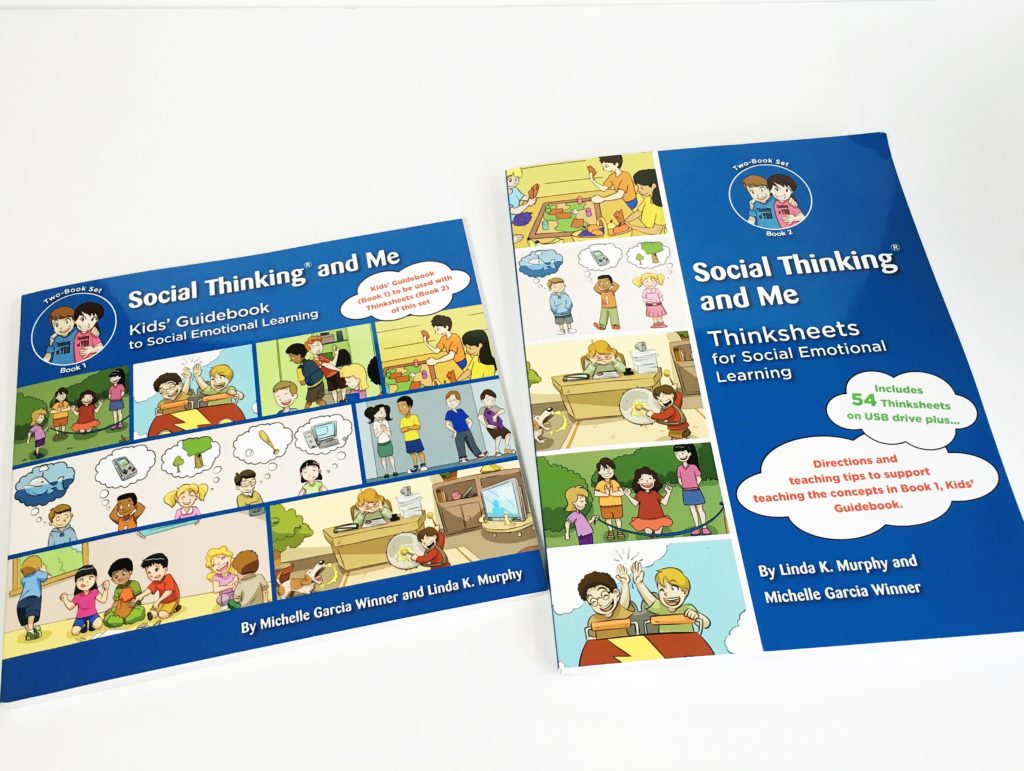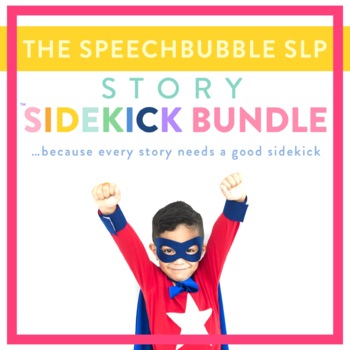A while ago I got to join the Social Thinking blogging team to share Social Thinking products with you and give you the low down on them. Today I am sharing Social Thinking’s new, 2 book set Social Thinking and Me. By now I am sure you have heard of Social Thinking, created by Michelle Garcia Winner. She, along with the help of others, has created dozens materials and written several books on how professionals can help students struggling with pragmatics and other social difficulties. So I bet your wondering, ‘With so many materials already out there, how can these be different?’. Scroll down and let me tell you!

The 2 book, Social Thinking and Me set, is geared towards older students ranging in ages of 9-13. That’s right, materials for the difficult to please ‘tween’ group! The goal of the books is to take social concepts that they may face and help them understand and navigate them by breaking them down into smaller, easier to learn chunks. This approach also makes it easier to teach students since you are only focusing on part of the concept rather than the ‘whole concept’ itself.
Book 1 is the Kids’ Guidebook. It has chapters for the following areas:
–What is Social Thinking
-Social Thinking = Flexible Thinking
-We All Have Feelings
-Thinking With Your Eyes
-Thinking About the Hidden Rules and Expected Behavior
-Keeping my Body, Eyes, Ears, and Brain in the Group
-Thinking of Others vs Just Me
-How Big is My Problem?
-Thinking About My Reaction Size
-Doing An Activity or Just Hanging Out

Each chapter has information for the teacher to read and visuals that look more comic bookish than cartoonish for the kids. It provides explanations that breaks the information down into easy to understand vocabulary. I appreciate that it was written the way you would speak to child in this age group rather than speak to a professional, but don’t get me wrong, it is still well written. You can and should, spend a few days on each chapter since they do put a lot of information in there, but it is in my opinion, the ‘meat’ of the concept, not just fluff to fill pages. It is recommended by the books to teach Social Thinking concepts or lessons in 30-45 minutes sessions ( but if you have more time great ). Also, keep in mind the individual pace of your students. Some may need more time on specific areas and that is ok. At the end of each chapter there is a brief, bulleted recap of the main points and a reminder to use the Thinksheets in book 2.
Speaking of Book 2. This is the ‘teacher manual’ if you will. It provides the instructor with an extension activity to help reinforce the concept being focused on and then several worksheets, aka Thinksheets, to help the students and instructor see what they understand and what maybe needs to be touched on again. There are a variety of different types of sheets too, to really help the student review the concepts and explore them further. I appreciated that the scenarios given in the Thinksheets were relatable for kids rather than off the wall hypotheticals. The extension activities are easy to do and really act as a nice review of the concepts covered in the chapter. They are laid out step by step which I found extremely helpful.

Also included with the books is a USB drive! At first I thought Social Thinking was putting credit cards in their books ( wouldn’t that be dangerous to have! ) , but no, it is actually the USB drive. This has Thinksheets on it, making it easy for you print off what you need and head to your session. I thought this was great for any traveling SLPs out there who already have way to much in the 2-3 bags they are probably carrying with them.
This is a great new series to the Social Thinking library and fills a need for materials that focus on that upper elementary to middle school/junior high age group and helping to reinforce or initially teach those Social Thinking concepts. The breakdown of information and style of writing is really well done. It read as if you are talking with a peer rather than a professional lecturing. The included USB is a fantastic resource, especially for SLPs on the go. To find out more information about this new set, you ca visit the Social Thinking site HERE.

I was provided with a copy of the Social Thinking and Me set for the purpose of writing this review. The thoughts and opinions are my own.



















2 Responses
Hi! Technical question, were you able to successfully use the USB in the back of the book? It does not appear on any of my computers (Mac or PC). Maybe there’s something I am doing wrong. Any feedback would be greatly appreciated!
Thanks!
Ps. Your blog is helpful and wonderful.
Thank you for your kind words. I was able to get open the USB on my MAC. I would check to make sure your software is up to date, that has given me problems in the past.